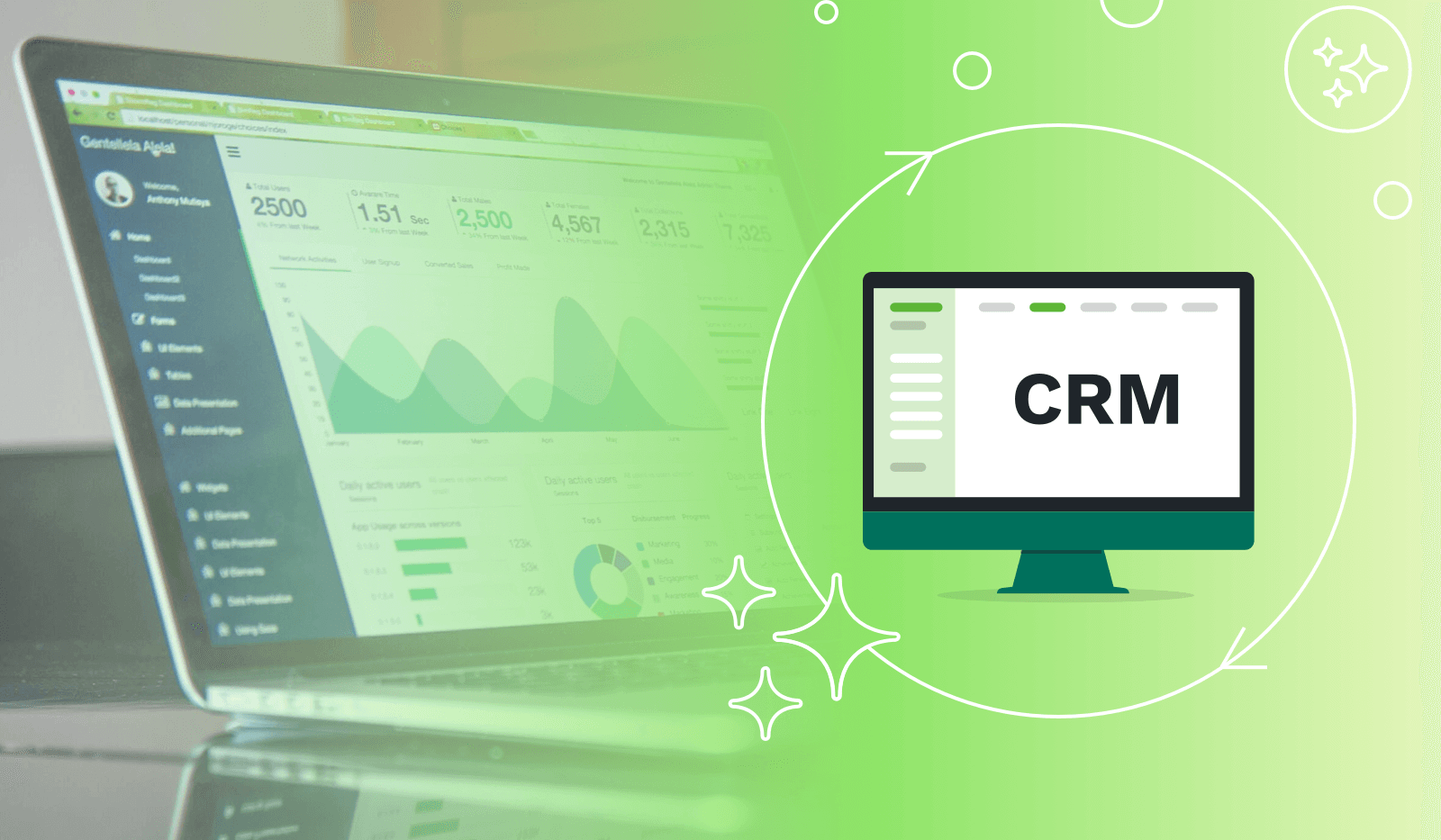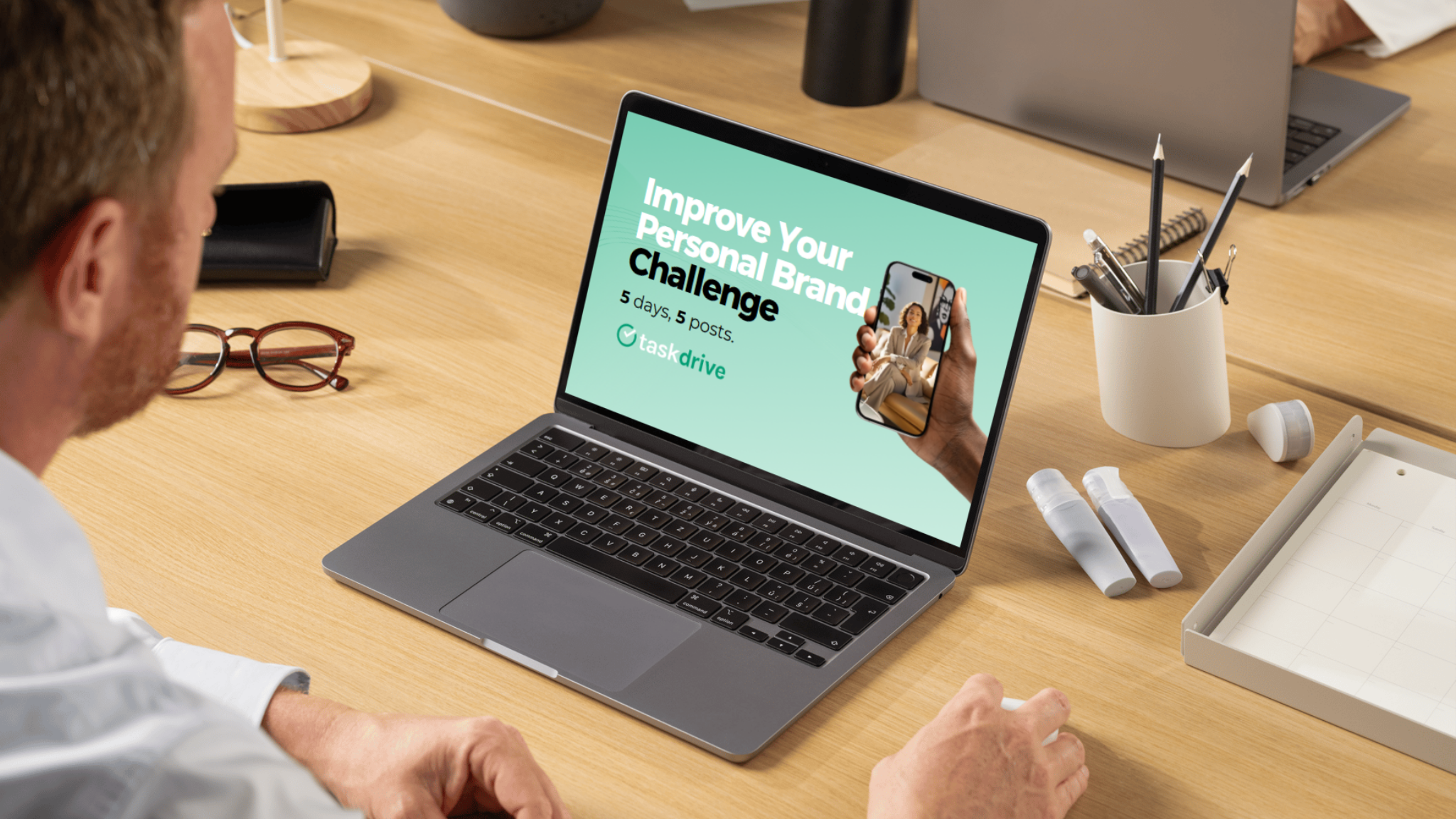Data drives an effective marketing strategy. No truer words have been spoken. In fact, McKinsey reported that more than 50% of top-performing companies use data to drive their revenue.
However, raw data alone isn’t enough—clean data is what translates to success. Here’s where regular and continuous data hygiene practices come in.
Marketers use different data touchpoints to create customer personas, target different audience segments, and analyze consumer trends and insights. Everything points back to the use of data.
But while marketers understand the need for data, the importance of clean data isn’t that well-known yet. This guide walks through the basics of data hygiene and how businesses can achieve it.
What is data hygiene and why is it important?
Data hygiene refers to all the processes involved in making sure that data is clean.
Clean data is error-free, consistent, and accurate data. Dirty data, on the other hand, is data with duplicate information, incomplete details, and even outdated data. These errors can actually enter your system at any point—whether at the point of entry or when manually updating.
Business data comes from a lot of sources, so it’s inevitable that there will be some errors.
Some of these sources include:
- Surveys
These are queries or forms that respondents can answer in a few minutes. Usually, surveys are placed on websites or shared via social media.
- Transactions
This type of data contains details about customers like their exact location, the products they bought, and their engagement level. Transactional data is gathered when online shoppers create their accounts or make their first purchase from an online store.
- Databases
There are many lead providers available for businesses, and they all use databases to access contact information. Here are some of the best lead sources and databases. - Marketing campaigns
It’s common practice to offer something of value to potential leads in exchange for contact information. This can be done via a newsletter subscription, a loyalty program, a free trial, or even a guidebook.
Benefits of data hygiene
By cleaning data, companies don’t have to deal with the consequences of issues brought by dirty data. Ideally, sales and marketing teams can use data to select accounts and industries to target. But if the data is “dirty” then the sales and marketing teams will not be able to execute strategies to the best of their abilities.
Other benefits of data hygiene include:
- Increased efficiency and productivity
Did you know that dirty data caused some businesses to lose up to 12% in revenue? It can also lead marketing efforts in the wrong direction because of the wrong information. With clean data, you get to have a more accurate direction without wasting finances and other resources.
- Informed decision-making
Clean data means clean analytics. Clean analytics means better and more informed decision-making when it comes to forecasts and other sales and marketing metrics. - Better customer experience
Updated information about leads or customers helps ensure that you are able to deliver the right message to the right people. This will result in an overall better and more personalized customer experience.
- More precise targeting and customer segmentation
Having clean data will ensure that your customer segmentation efforts will not go to waste. Correct information on certain contacts will allow you to effectively target qualified leads. - Accurate analytics
If your data is dirty, your analytics and insights will most likely be wrong. Clean data assures you of the right quantitative results so you can draw the right qualitative insights.
6 best practices for data hygiene
It’s really no longer just about having access to data and information—it’s having the right data. Here are six data hygiene practices that your business must set in place.
#001: Standardize data at the point of entry
Data can enter your system through various means and channels mentioned above.
Now, faulty data entry is usually one of the first causes of dirty data. How? Let’s say you have a form on your website that allows users to download a case study. Then you have another form for those who want to schedule a call directly. Both forms have fields for phone numbers.
One form uses a text field, and the other uses a drop-down for the area code and a text field for the rest of the number. This means that phone numbers in your system are appearing differently. What if a user fills out the text field and leaves out the area code? That already renders the data unusable.
Additionally, if one form requires the phone number and the other one doesn’t, then there’s a big chance that some of the data entries have incomplete contact details.
Key takeaway: each data point should enter your system in a standard manner regardless of the channel they came from.
Here’s what you can do:
- Examine all the data fields you have and all points of entry.
- Check the formats for emails, abbreviations, addresses, and contact numbers.
- Standardize all the formats across all entry points.
- Create a standard operating procedure (SOP) or a step-by-step guide.
- Roll out the SOP to the entire team.
Now, just because data is clean when it enters, it doesn’t mean that the data will be clean forever. Over time, some of the contact details might need to be changed or edited if the leads transfer companies or change their personal information.
#002: Remove useless data
More is not always better, especially when it comes to data.
If you don’t regularly implement data hygiene practices, you’re eventually going to end up with a lot of unusable data. In fact, organizations believe that 25% of their data is inaccurate.
Useless data can be any of the following:
- Leads or contacts that are on your blacklist have to be removed
- Inactive contacts or disengaged for the past months
- Email addresses that no longer exist due to the contact resigning from their previous company
- Duplicate records
Keeping useless data in your CRM may lead to more damage than done.
For example, sending email campaigns to addresses that don’t exist anymore will cause your bounce rate to increase. Sending a reminder to a duplicate contact can also destroy the personalization effort when you end up sending an email twice.
#003: Leverage your CRM and regularly update it
Did you know that 71% of sales representatives shared that they waste too much time on data entry? This is time that could be used for outreach or pitching.
This is why scaling businesses usually invest in customer relationship management (CRM) software—to better manage both the pipeline and existing customers.
However, a CRM is only as powerful as how clean the data is.
Business data regularly changes so it’s vital to scrub periodically your CRM as part of your data hygiene practices. Follow these steps as part of your CRM hygiene:
- Assign a point person who will be in charge of ensuring the CRM is clean.
- Establish a fixed and regular schedule for data cleaning in the CRM.
- Utilize the integrations and automation your CRM might have. For example, some CRM tools allow you to automatically segment invalid email addresses.
#004: Validate the data’s accuracy
As much as possible, incorporate tools that can validate the data at the point of entry. However, as mentioned earlier, business data regularly changes. What does this mean? It means that you will need to employ regular auditing and updating—and therefore validating.
Do a trial run on a small data segment and watch out for any alerts on errors like:
- Duplicates
- Missing data
- Corrupted data values
Last tip for this best practice: set a regular schedule for data validation to be done after your CRM check.
#005: Practice compliance with data privacy regulations
Both the General Data Protection Regulation (GDPR) and Controlling the Assault of Non-Solicited Pornography and Marketing (CAN-SPAM) Act aims to protect online users from receiving unsolicited emails.
These standards require businesses to look into their data management practices. The end goal is to make sure that online users have more control over their personal data.
What to do to ensure your data is compliant:
- Audit and evaluate all your data entry systems and processes.
- Stop collecting irrelevant little pieces of data. The more you do this, the bigger the chance of collecting dirty data. Focus on gathering only the data that can help with sales and marketing.
- Review the data fields used in lead generation. Move the more sensitive details to the later stages of the sales process.
- Destroy or archive any data when they are no longer needed for the purpose they were collected.
- Gatekeep the data by instilling additional security measures on your CRM and other databases you regularly access.
- Always make sure that your privacy policy is accessible to online users
What to do in case of a privacy complaint
- Cover your bases. Conduct a thorough and detailed internal investigation, and make sure the entire process is documented.
- All privacy complaints should be tackled with consistency and level of standard.
- Fix the issues as soon as possible.
- Document this entire process.
#006: Enlist a data team to do the work
Knowing how to implement data hygiene best practices is one thing. Actually implementing them regularly and consistently is another.
You know your team’s capacity and if they can handle the work that goes into data cleaning. Hiring a team of data specialists may be a good alternative. After all, they can carry out all the tasks mentioned above from auditing, removing dirty data, and validating.
The process is complicated and does require enough time on people’s hands. While your team can definitely take on the data cleansing process, you will have to reevaluate if it is the best use of their time.
After all, data specialists are more experienced and will be more efficient—while your sales and marketing team can spend more time on growth.
How does data cleaning work?
This is a quick run-through of how a data cleaning usually works.
It typically starts with an extensive audit to be done by either a member of your team or by a professional data management service. The labor-intensive part follows (filling in missing data, removing duplicates, deleting blacklisted contacts, etc.).
While it can be arduous, data cleaning really is very important. There is no other way to achieve a good data hygiene level without implementing these best practices.
Wrap up: data hygiene is not a one-time thing
Aside from being labor-intensive, achieving data hygiene is not a one-time thing. If your data is clean today, it can very well be dirty again tomorrow.
However, an updated and relevant database is essential to successful sales and marketing initiatives. The more accurate your data is, the higher the quality of your leads are, and the more likely that they will convert.
But again, if you’re short on time and manpower, outsourcing is your best bet.
An outsourced team can act as an extension of your business. For example, TaskDrive can actually go into your CRM, update all the information, remove what needs to be, and also deliver additional and fresh contact details. All of this will enable your sales and marketing teams to focus more on building relationships and mentally preparing for upcoming conversations.
Feel free to schedule a call with us or leave a note—let’s talk about how you can offload lead generation and data cleaning so you can focus on other impactful things like sales initiatives.



